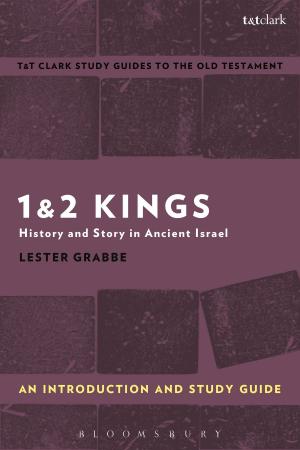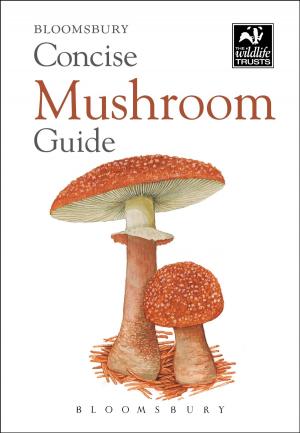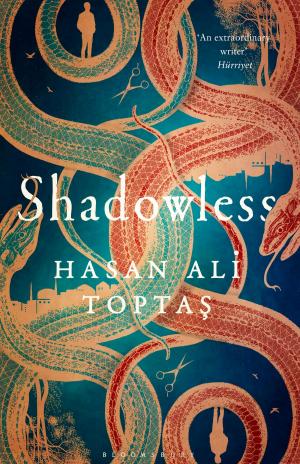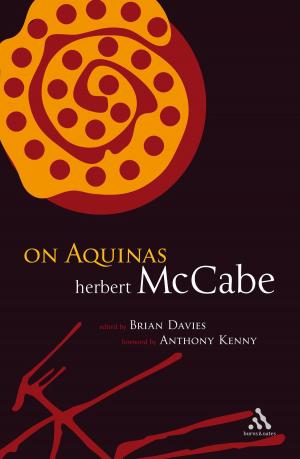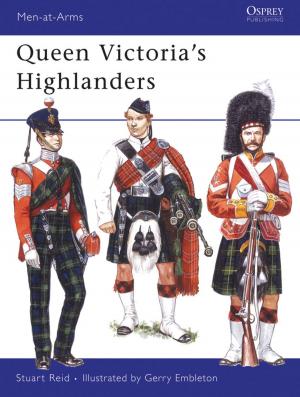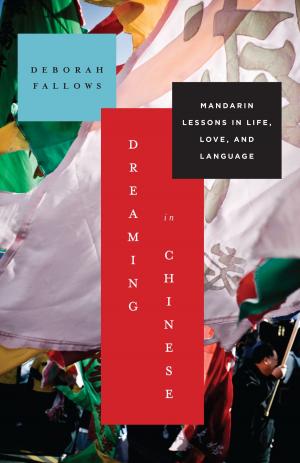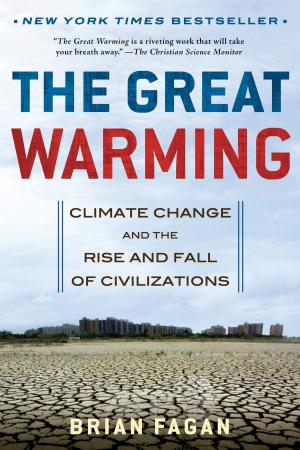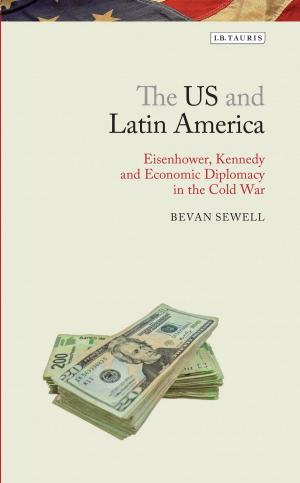An Atlas of Trafficking in Southeast Asia
The Illegal Trade in Arms, Drugs, People, Counterfeit Goods and Natural Resources in Mainland Southeast Asia
Nonfiction, Science & Nature, Nature, Reference & Language, Reference, Social & Cultural Studies, Political Science| Author: | ISBN: | 9780857733511 | |
| Publisher: | Bloomsbury Publishing | Publication: | May 2, 2013 |
| Imprint: | I.B. Tauris | Language: | English |
| Author: | |
| ISBN: | 9780857733511 |
| Publisher: | Bloomsbury Publishing |
| Publication: | May 2, 2013 |
| Imprint: | I.B. Tauris |
| Language: | English |
Mainland Southeast Asia is one of the world's key regions for the smuggling and trafficking of illegal goods. Armed conflict in the region has spurred an international trade in small arms, and organized nuclear smuggling rings are now believed to operate as well. Human trafficking is widespread, with children being especially vulnerable either for slave labour or sexual exploitation. The region is being flooded with contraband and counterfeit goods such as pirated movies, designer label clothes and currency, especially US dollars, whilst antiques, oil and medicinal drugs - counterfeit as well as authentic ones - are also being smuggled.
While such activity has been drawing increased attention, the scope, nature and mechanisms of smuggling and trafficking across the region are far from understood. Even less is known about the various synergies that may exist between the different trafficking activities. An Atlas of Trafficking in Southeast Asia brings together a team of key researchers and cartographic specialists to provide a unique overview of the major forms of illegal trafficking in the region.
The contributors have been drawn from a range of disciplines, reflecting the complex reality of this diverse and thriving illegal economy. Geographer Pierre-Arnaud Chouvy provides a history of the drug trafficking routes in and out of the Golden Triangle, whose opium and heroin networks have played such a significant role in both the regional and global history. Anthropologist David Feingold, focuses on human smuggling and trafficking, a highly complex trade with many causes and consequences, whilst political scientist David Capie examines the illegal trade in small arms. There has been impressive rhetoric about the need to tackle the illicit arms trade but much less in the way of practical action. Southeast Asia has the highest rate of deforestation of any major tropical region, whilst wildlife is currently being extracted at six times the sustainable rate. Vanda Felbab-Brown, also a political scientist, examines the key interrelated topics of illegal logging and wildlife trafficking. Finally, journalist Bertil Lintner surveys the trade in counterfeit goods and contraband, two thriving activities in mainland Southeast Asia.
Accompanying the text is a unique series of thirty-two full-colour maps. These maps have been especially drawn for the atlas and detail the trafficking hubs, counter-trafficking facilities and border status for each of the trafficking activities. Political, historical, topographic, ecological and linguistic regional maps are also included.
An Atlas of Trafficking in Southeast Asia sheds valuable light on the complex and shadowy world of one of the key regions for illegal trading. An unparalleled reference resource, it will be welcomed by professionals and academics across a wide range of disciplines.
Mainland Southeast Asia is one of the world's key regions for the smuggling and trafficking of illegal goods. Armed conflict in the region has spurred an international trade in small arms, and organized nuclear smuggling rings are now believed to operate as well. Human trafficking is widespread, with children being especially vulnerable either for slave labour or sexual exploitation. The region is being flooded with contraband and counterfeit goods such as pirated movies, designer label clothes and currency, especially US dollars, whilst antiques, oil and medicinal drugs - counterfeit as well as authentic ones - are also being smuggled.
While such activity has been drawing increased attention, the scope, nature and mechanisms of smuggling and trafficking across the region are far from understood. Even less is known about the various synergies that may exist between the different trafficking activities. An Atlas of Trafficking in Southeast Asia brings together a team of key researchers and cartographic specialists to provide a unique overview of the major forms of illegal trafficking in the region.
The contributors have been drawn from a range of disciplines, reflecting the complex reality of this diverse and thriving illegal economy. Geographer Pierre-Arnaud Chouvy provides a history of the drug trafficking routes in and out of the Golden Triangle, whose opium and heroin networks have played such a significant role in both the regional and global history. Anthropologist David Feingold, focuses on human smuggling and trafficking, a highly complex trade with many causes and consequences, whilst political scientist David Capie examines the illegal trade in small arms. There has been impressive rhetoric about the need to tackle the illicit arms trade but much less in the way of practical action. Southeast Asia has the highest rate of deforestation of any major tropical region, whilst wildlife is currently being extracted at six times the sustainable rate. Vanda Felbab-Brown, also a political scientist, examines the key interrelated topics of illegal logging and wildlife trafficking. Finally, journalist Bertil Lintner surveys the trade in counterfeit goods and contraband, two thriving activities in mainland Southeast Asia.
Accompanying the text is a unique series of thirty-two full-colour maps. These maps have been especially drawn for the atlas and detail the trafficking hubs, counter-trafficking facilities and border status for each of the trafficking activities. Political, historical, topographic, ecological and linguistic regional maps are also included.
An Atlas of Trafficking in Southeast Asia sheds valuable light on the complex and shadowy world of one of the key regions for illegal trading. An unparalleled reference resource, it will be welcomed by professionals and academics across a wide range of disciplines.

